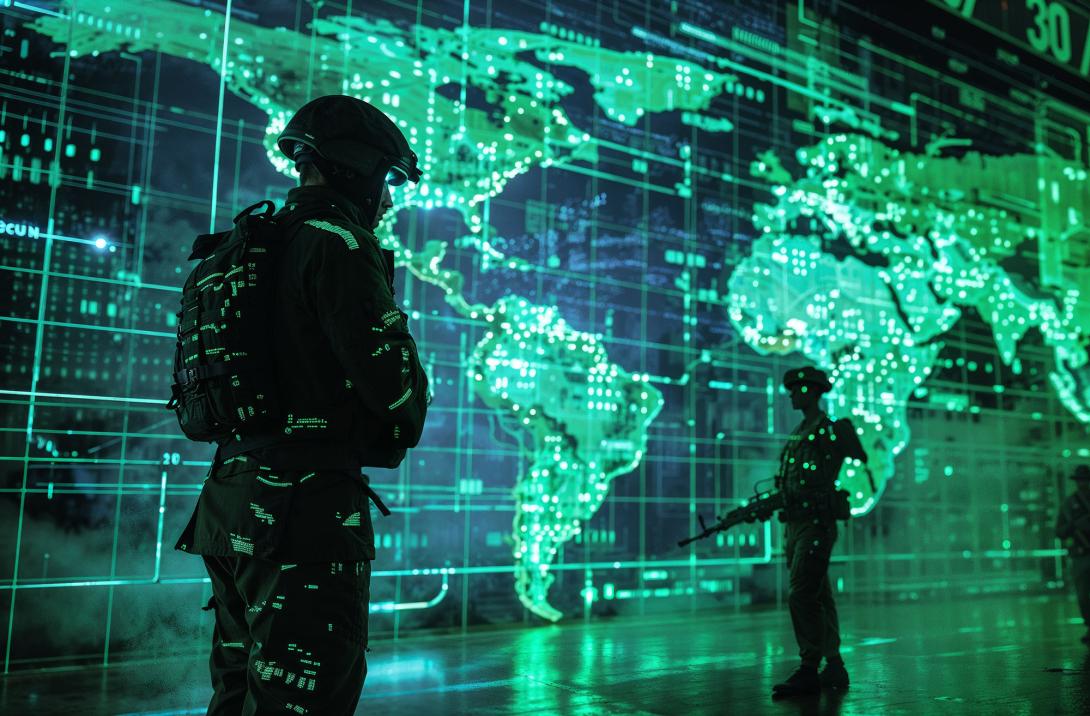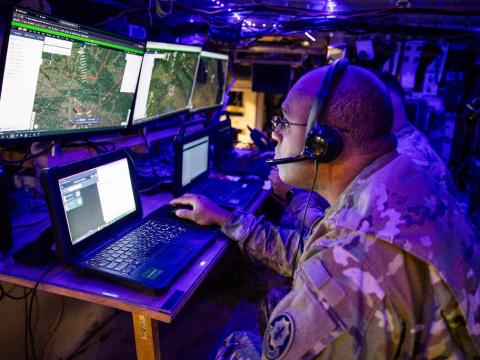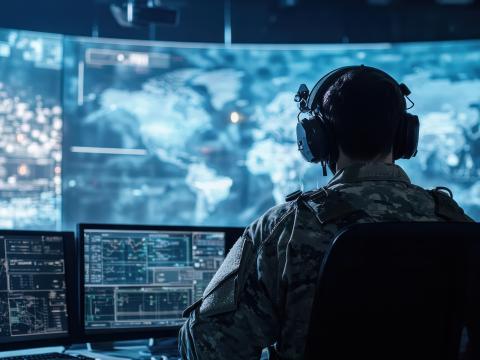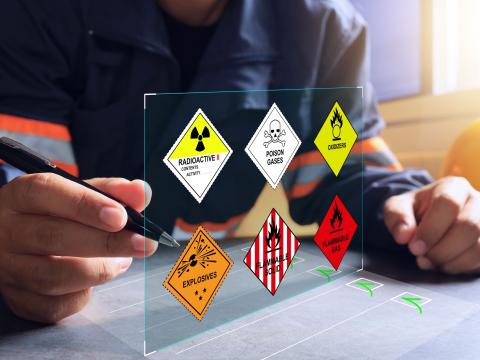On Point: Q&A With Beth Ferry
What are your priorities?
Aligned to the Defense Secretary’s priorities, we invest to improve long-range precision fires, air and missile defense, cyber, electronic warfare and counter-space capabilities. We realigned about 26% of our budget in the current year of execution, but the good news is 75% of what we were doing was already focused on many of the secretary’s priorities.
What challenges do you hope to help the Army overcome?
We want our soldiers to dominate the electromagnetic spectrum, command the operation and enable and create decisive effects. First, we help ensure freedom of maneuver within congested and contested environments while denying our adversaries. Next, we provide capabilities for tactical-edge decision-making advantage that communicate the right information to the right leaders at the right time. Finally, we help find, fix, track, target and decisively engage kinetic and non-kinetic targets.
Our core efforts advance sensing for ISR, target acquisition and autonomy at greater distances and speed. We help enable assured positioning, navigation and timing and provide secure and robust tactical networks for ground, air and space. And we’re improving offensive and defensive cyber-electromagnetic capabilities, to include electronic warfare, counter ISR&T and radio frequency-enabled cyber.
Can you highlight some C5ISR Center efforts?
Our scientists and engineers developed a modular platform agnostic, open architecture that allows rapid integration of best-of-breed sensors and technologies and supports multiple counter-unmanned aerial system variants. It is supporting the southern border mission and protects forces and critical military infrastructure around the globe.
We also leveraged artificial intelligence and real-time sensor data processing to develop a mission planning decision support tool that analyzes and synthesizes vast, real-time battlefield data into actionable intelligence, providing unparalleled battlefield awareness. We transitioned it from concept to fielded system in two years and are developing more advanced software.
We and DARPA (Defense Advanced Research Projects Agency) are providing a continuously updating, real-time, four-dimensional moving picture of the battlespace using the sensor network to map adversary locations, manage airspace and deconflict fires in contested environments. This, too, is supporting the mission at the southern border.
Our center has been instrumental in accelerating the Army’s shift toward data-centric, agile and resilient C2 by advancing and maturing Next Generation Command and Control (NGC2) with Army Futures Command. We led technology development and evolution, technical design, integration, demonstration and experimentation. We adapted commercial AI-enabled networking, mission analytics and cognitive C2 interfaces, filled commercial gaps with nontraditional waveforms and software-defined networking matured at the C5ISR Center and integrated capabilities into a system-of-systems for a common data layer and cloud-edge operations. In about a year, we progressed from proof-of-concept to full-scale integration at echelon, and we transitioned the mission-ready capabilities to the new Program Manager NGC2 office for scalable adoption across the Army and joint task forces.
Our software-defined modular radio frequency (ModRF) technology automatically bridges heterogeneous networks, creating a seamless and adaptive network that provides primary, alternate, contingency and emergency capabilities. ModRF transitioned to a program of record and enabled NGC2 experimentation.
With increased focus on commercial tech, what is the center’s role?
We adopt when possible, adapt and modify as needed, and develop/build when necessary. Our understanding of emerging technologies, trends and threats—current, evolving and anticipated—drives our work. The C5ISR Center works with generals to privates, looking at their kit and gaps in accomplishing their mission.
Finally, our specialized lab and field-based capabilities support Army persistent experimentation with environments representing current and future force tactical networks.
We connect dots across domains and provide the glue that holds it all together. C5ISR Center technologies are found across all warfighting functions and at every echelon: from soldier to ground vehicle, from air to space. Like the central nervous system, we touch everything.
We provide innovative, critical support to current operations and near-term challenges while enabling the Army for tomorrow’s fight.
This column has been edited for clarity and concision.





Comments